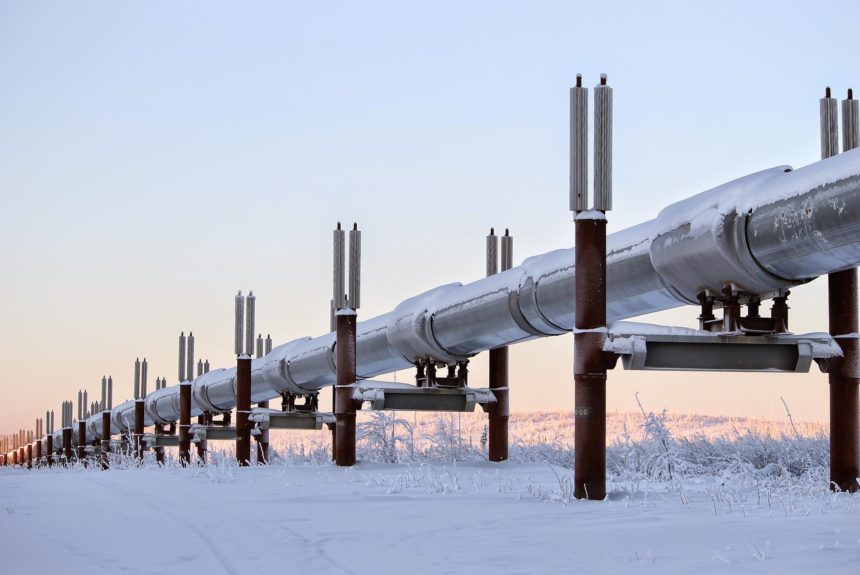America’s natural gas policy has led news cycles for the past few days after the Biden administration announced that it would halt LNG exports to appease climate activists. Despite the anti-natural gas rhetoric coming from the White House, policymakers on Capitol Hill have signaled their support for America’s energy sector by introducing the Next Generation Pipelines Research and Development Act. The bipartisan bill, which was sponsored by Rep. Randy Weber (R-TX) and Rep. Yadira Caraveo (D-CO), creates key programs to bolster America’s aging infrastructure and is a great example of a win-win climate and energy solution.
>>>READ: Bipartisan Tax Agreement with Immediate Expensing Will Kickstart Innovation
While parts of the environmental movement have opposed pipelines, such as the Keystone XL, these key pieces of infrastructure are necessary to deliver energy to consumers and reduce emissions. When pipelines are blocked energy is often delivered by rail or trucking which have a higher carbon footprint. While rail transportation is safe, pipelines are the most efficient way to deliver energy. A University of Alberta study found that the carbon footprint of pipelines is anywhere between 61% or 77% smaller than rail’s.
At the same time, pipeline venting, which is the controlled process of disposing of gas for operational and safety purposes, is a major contributor to methane emissions—a greenhouse gas that is roughly 80 times more potent than CO2. Transmission and storage of oil and gas is responsible for 19% of the industry’s methane emissions. Of this 19%, an estimated 11% can be attributed to pipeline venting, according to the EPA.
The Next Generation Pipelines Research and Development Act recognizes the benefits that pipelines provide while addressing ways for improvement by creating an advanced pipeline materials and technologies demonstration initiative. The Department of Energy (DOE) and Pipeline and Hazardous Materials Safety Administration will award funding to demonstrate projects that focus on methane detection, novel material use to improve the integrity of existing pipelines, advanced manufacturing for producing and fitting higher producing pipelines, and others.
>>>READ: U.S. Oil Production Has Outsized Role to Play in Reducing Global Emissions
The legislation directs DOE to strongly consider proposals that have a private cost share and prioritize diverse projects like those related to carbon capture, hydrogen, and ammonia transportation. Several pieces of legislation have appropriated billions of dollars in funding for carbon capture, which often requires pipelines to transport the captured CO2 to permanent storage or reprocessing facilities. And while some energy companies like Exxon have begun to build out their own pipelines to accommodate carbon capture, the current infrastructure in the United States does not adequately address the need to expand carbon sequestration, transportation, and storage at scale.
The bill also directs DOE, the Department of Transportation, and the National Institute of Standards and Technology to sign a memorandum of understanding (MOU) to lower the cost and accelerate the commercialization of advanced and innovative pipeline materials. A similar MOU was established in 2004 but it was never updated or codified.
The U.S. has 2.8 million miles of pipeline, yet 50% of the nation’s pipeline system is more than 60 years old. The Next Generation Pipelines Research and Development Act makes key investments in America’s pipeline infrastructure and paves the way for emerging solutions by helping innovative technologies achieve commercial deployment. Legislation like this will deliver affordable energy to consumers and help the U.S. continue its climate progress.
The views and opinions expressed are those of the author’s and do not necessarily reflect the official policy or position of C3.
